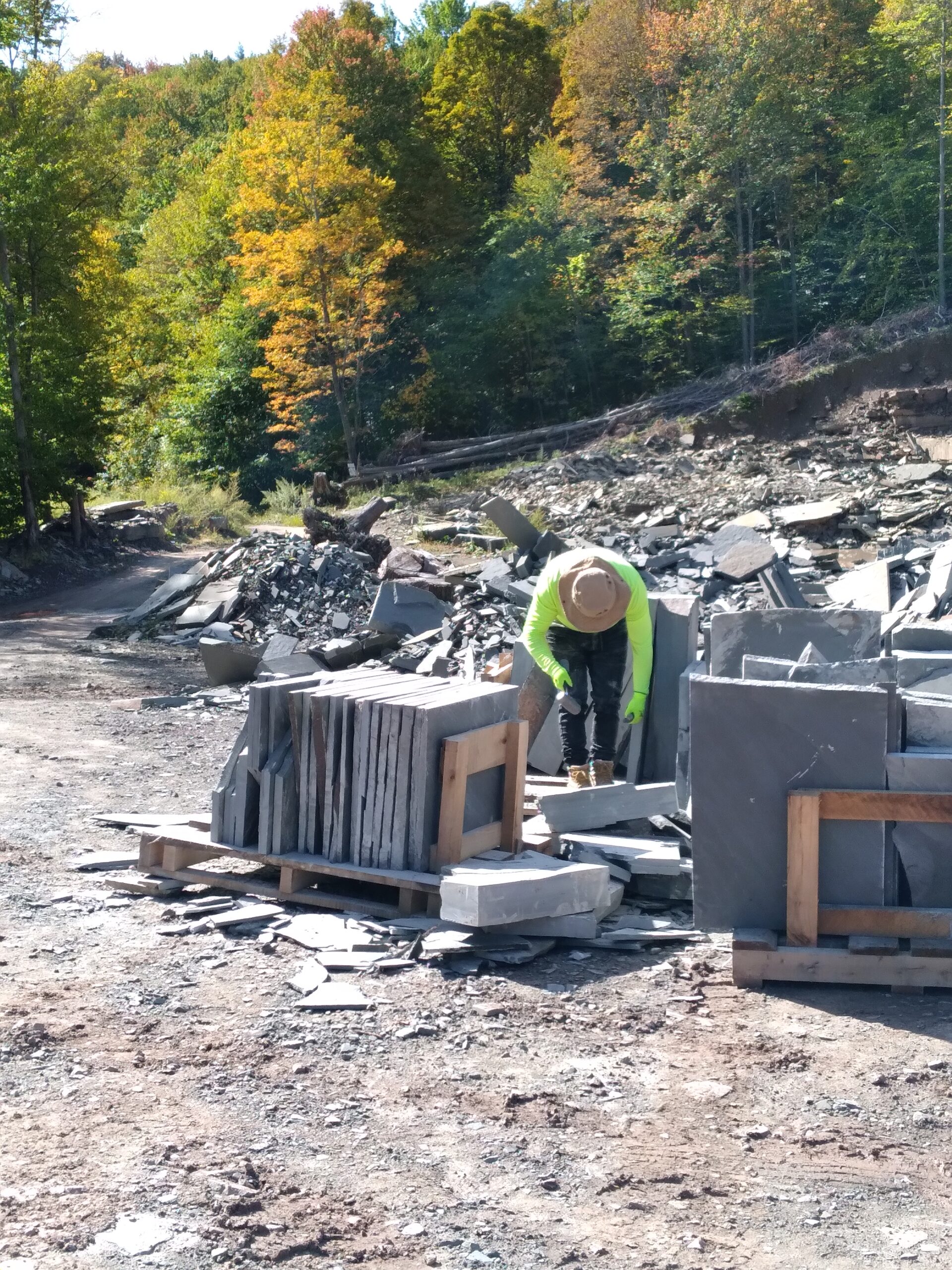Bluestone is a valuable resource found in New York and Pennsylvania that brings millions of dollars to local economies. One of the hazards associated with working with bluestone is the development of the disease bluestone silicosis. In recent years, local healthcare providers have noticed an increasing trend of silicosis among full-time and part-time quarrymen. While not an agricultural exposure, this is a rural occupational illness that is unique to our service area and most quarrymen tend to also have careers in the agriculture industry.
When cutting, breaking, crushing, drilling or grinding bluestone, tiny dust particles are released into the air. These particles contain crystalline silica, which cause serious lung disease with long-term or high levels of exposure. If silicosis is gone undetected and advances into late stages, the only curative treatment is a lung transplant.
Tips to reduce exposure to silica dust:
- When cutting or crushing bluestone, use saws or tools with water hook-ups and use water to reduce the amount of dust particles in the air
- Wear a fitted respirator or N95 mask to lessen the chance of inhalation of any dust
- Always position yourself upwind when cutting
- Avoid dry-sweeping which stirs up harmful dust
- Change your clothes and shoes before entering your home
- Shower immediately upon returning home
How NYCAMH can help
We are trying to understand the barriers bluestone quarrymen/cutters/masons face when it comes to safely handling bluestone. It is important to us that bluestone harvesters have the ability to make a living from this industry in a safe way. If you are interested in taking part in our study or would like more information about bluestone silicosis, please email Bluestone@bassett.org or contact NYCAMH.
Learn more about Bluestone Silicosis:
Bluestone Informational brochure: download
Natural Stone Institute Resource– Silicosis: An Industry Guide to Awareness and Protection, available in English and Spanish
Centers for Disease Control – Silica


